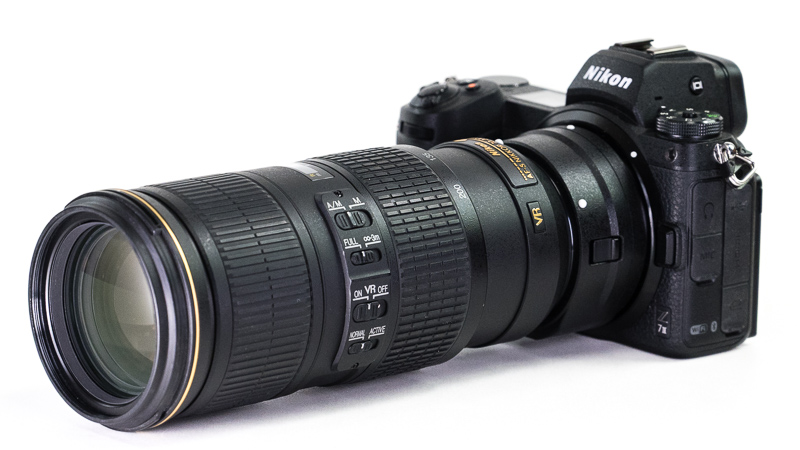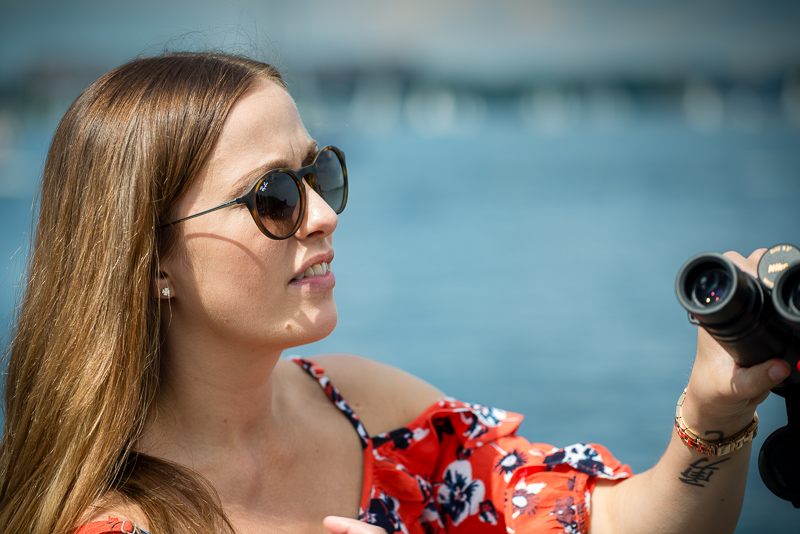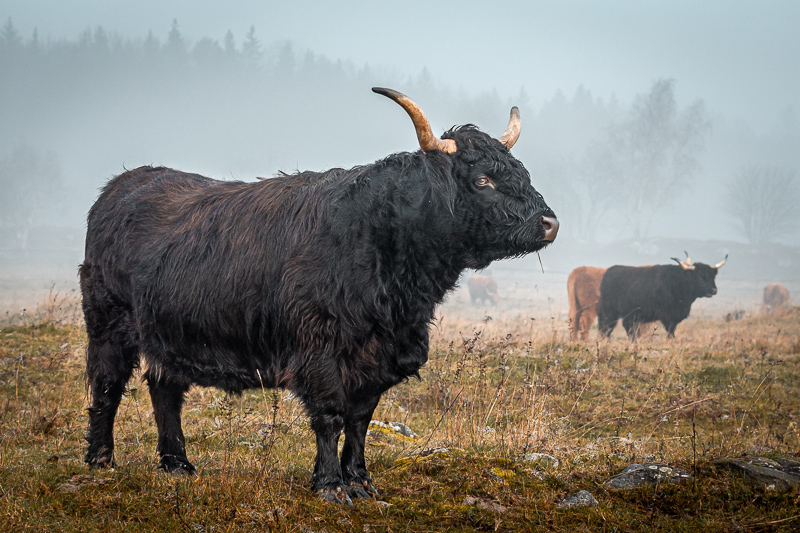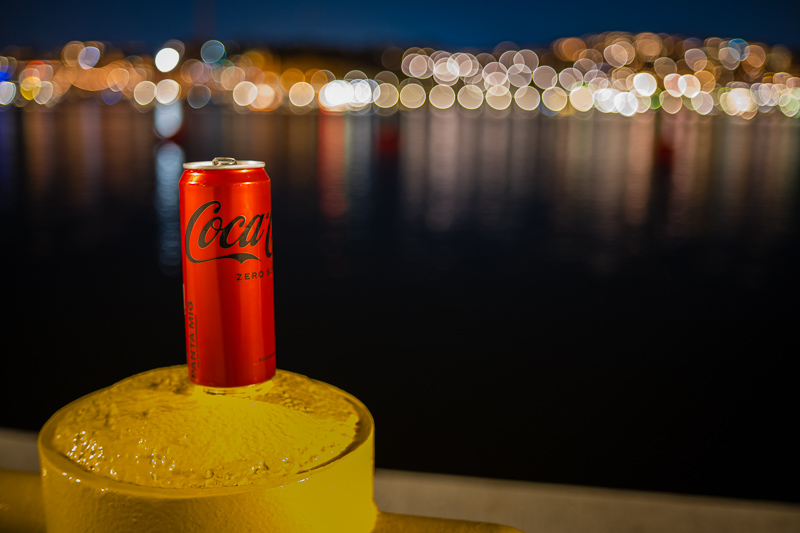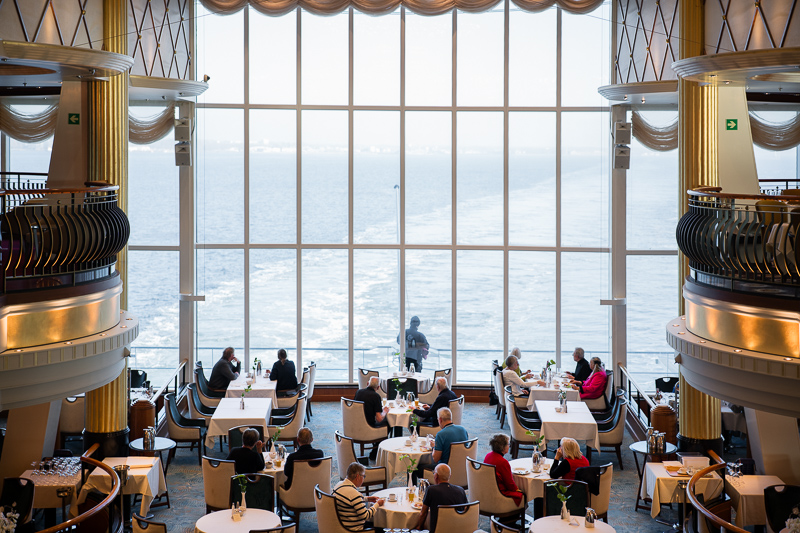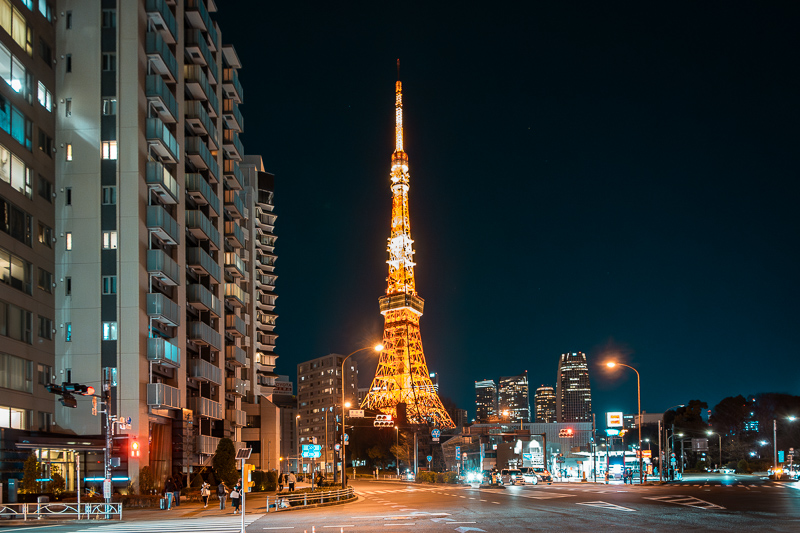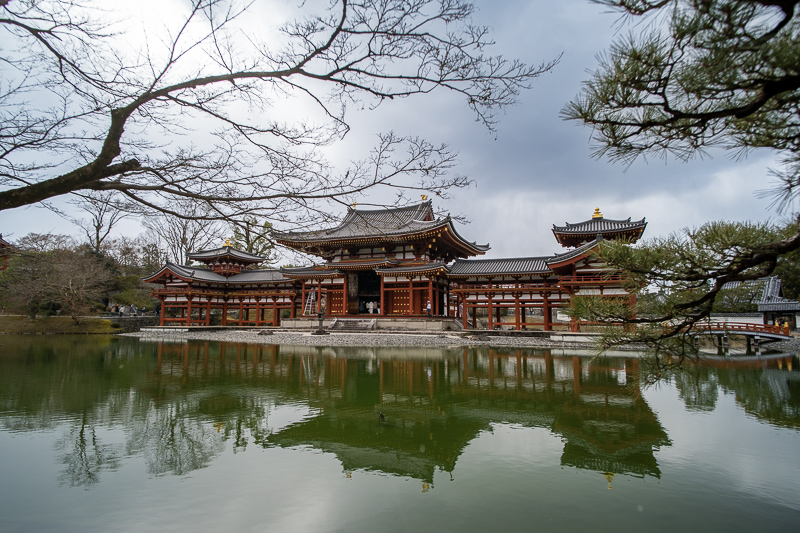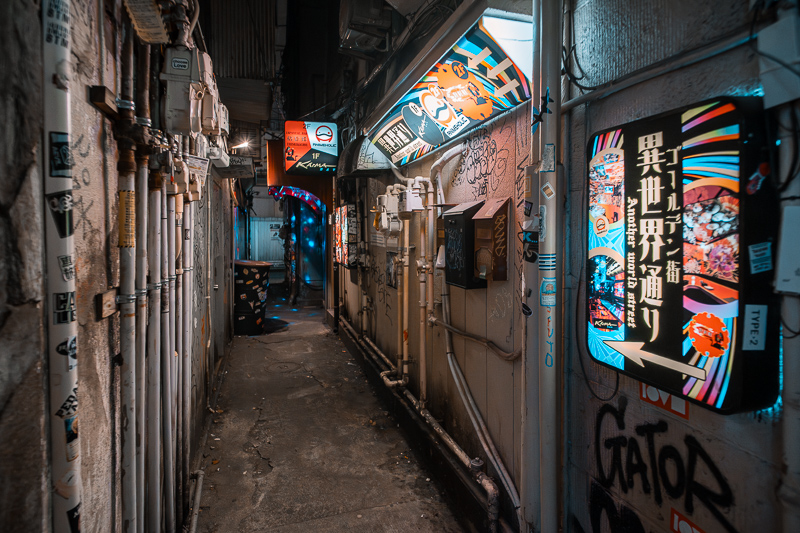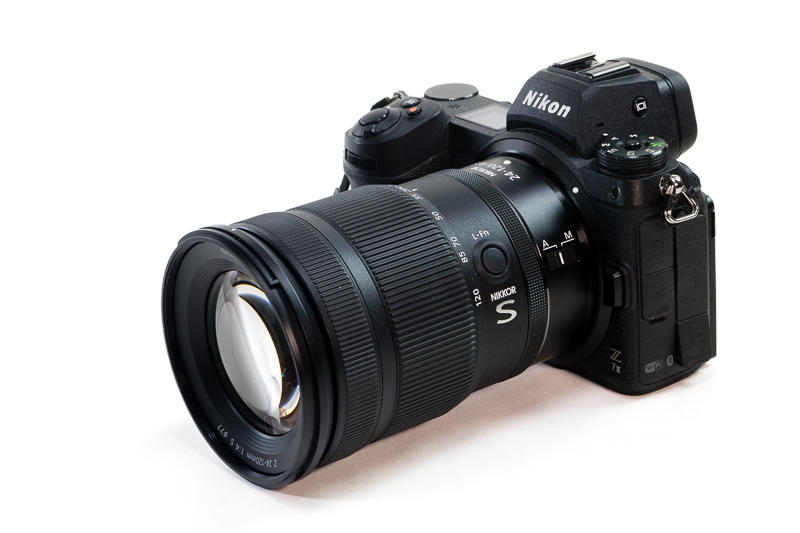
Introduction
Nikon Z 24-120mm f/4 S is often said to be one of the best all-around midrange zooms Nikon has made. It offers a versatile zoom range and a fixed aperture, and it’s part of Nikon’s premium S-line series. It’s also newer than the Nikon Z 24-70/4 S I reviewed recently — a lens I liked quite a bit. With its broader zoom range, Nikon Z 24-120/4 S promises more flexibility.
But is it the better lens overall? Let’s dive into this review and see how it compares to the Z 24-70mm S!
![]() I tested this lens on a 46 Mp Nikon Z7ii (Sample images were taken with a Nikon Zf)
I tested this lens on a 46 Mp Nikon Z7ii (Sample images were taken with a Nikon Zf)
 You can see this review as a YouTube video here!
You can see this review as a YouTube video here!
![]() Sample images in high resolution here.
Sample images in high resolution here.
Sample Images
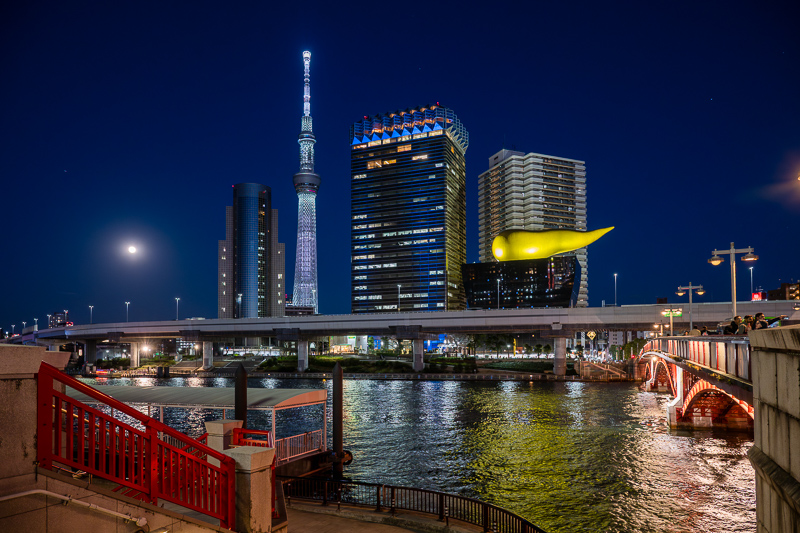

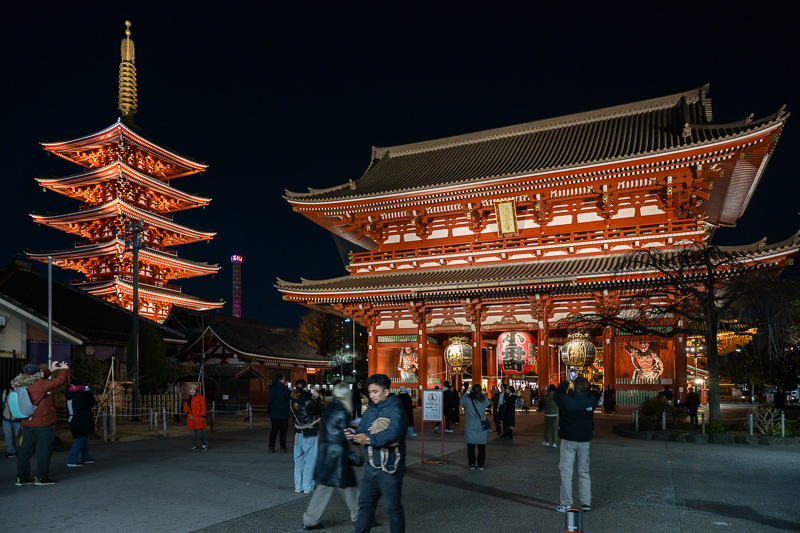

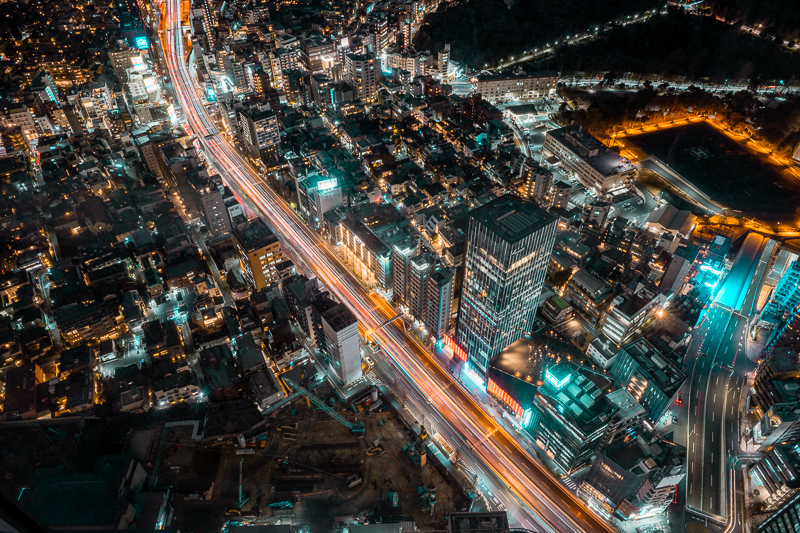
Continue reading REVIEW/COMPARISON: Nikon Z 24-120mm F/4 S – How It Compares to Z 24-70/4 S
